Classification of Antihistamines
| Home | | Medicinal Chemistry |Chapter: Medicinal Chemistry : Antihistamines
1. H1-Antagonists with classical structures II. H1-Antagonists with nonclassical structures III. Nonsedative H1-antihistamines IV. Inhibition of histamine release (mast cells stabilizers)
CLASSIFICATION
1. H1-Antagonists with classical structures
According to
the chemical features, they are further classified as follows:
a.
Ethylene
diamine derivatives
b.
Amino alkyl
ether analogues
c.
Cyclic basic
chain analogues
d.
Mono amino
propyl analogues
e.
Tricyclic
ring system or Phenothiazine derivaties
f.Dibenzocyclo heptenes
g.
Miscellaneous
agents
h.
Newer agents
a. Ethylene diamine derivatives
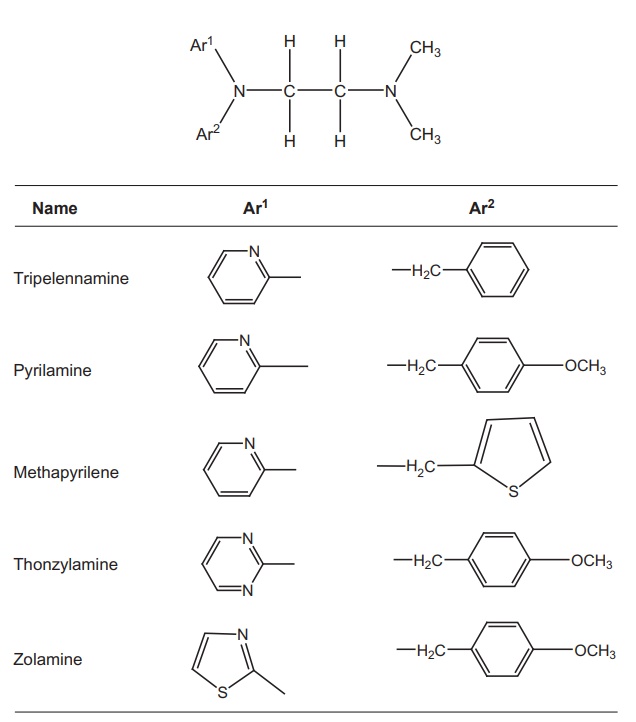
b. Amino alkyl ethers
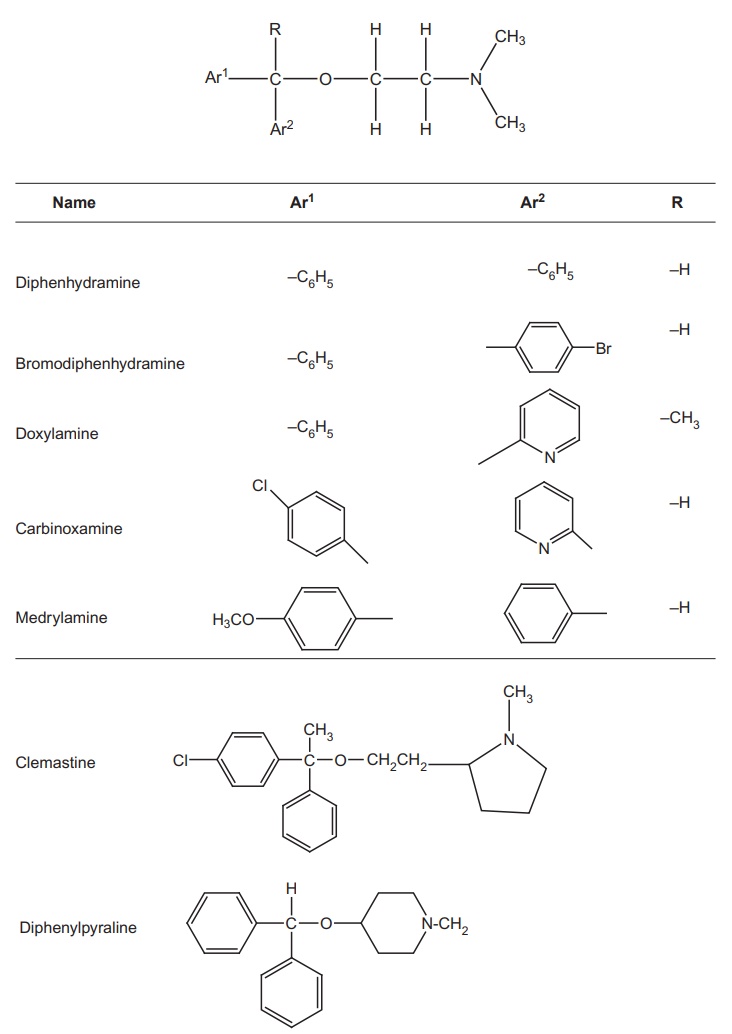
c. Cyclic basic chain analogues or piperazine
derivatives

d. Mono amino propyl analogues
d. i. Saturated analogues
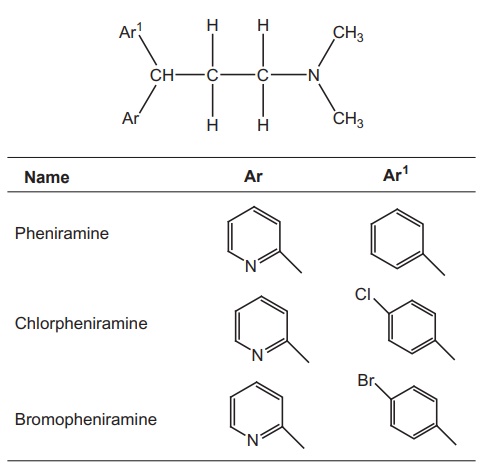
d. ii. Unsaturated analogues
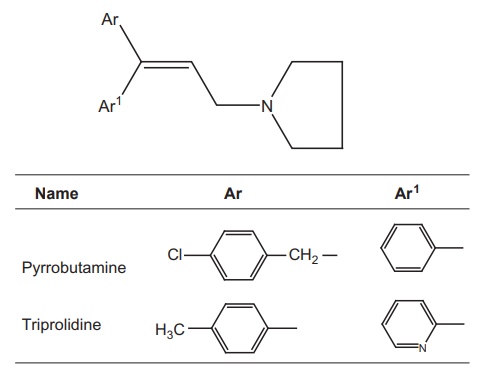
e. Tricyclic ring systems or phenothiazine
derivatives
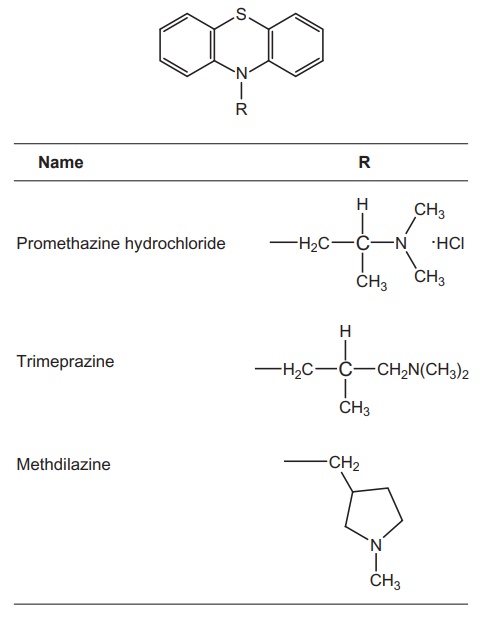
f. Dibenzocyclo heptenes
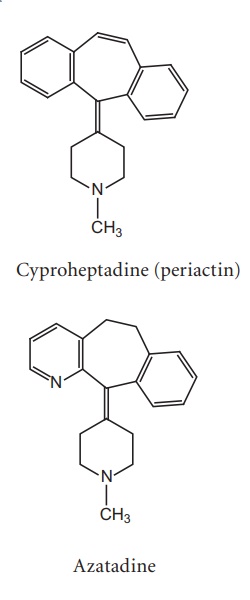
g. Miscellaneous

h. Newer agents

II. H1-Antagonists with nonclassical structures
i. Azelastine

ii. Tazifylline
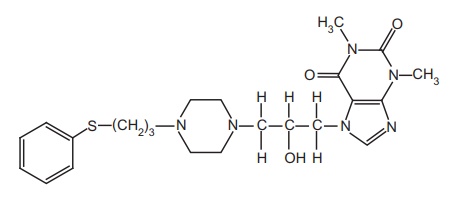
iii. Astemizole
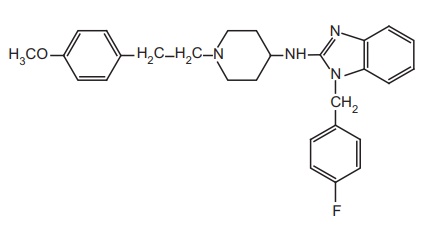
III. Nonsedative H1-antihistamines
Nonsedative
antihistamines bind only to peripheral H1-receptors and produce with little or
no sedation because of poor CNS penetration and lower affinity for central
histaminic activity.
These are
divided into two main classes:
1.
Piperazine
derivatives—Cetirizine
2.
Pyridine and
piperidine derivatives—Loratadine, Fexofenadine, Terfenadine, Astemizole,
Acrivastine
i. Loratadine

ii. Epinastine
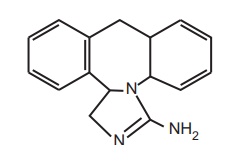
iii. Rocastine

iv. Cetirizine
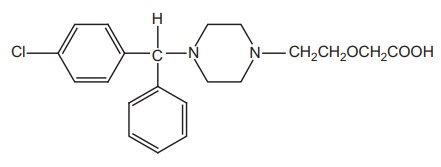
v. Fexofenadine

vi. Acrivastine
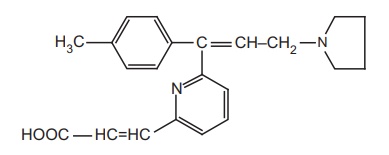
IV. Inhibition of histamine release (mast cells stabilizers)
i. Cromolyn sodium
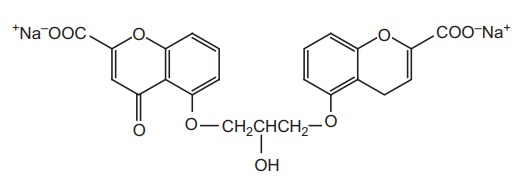
ii. Nedocromil sodium

Related Topics
